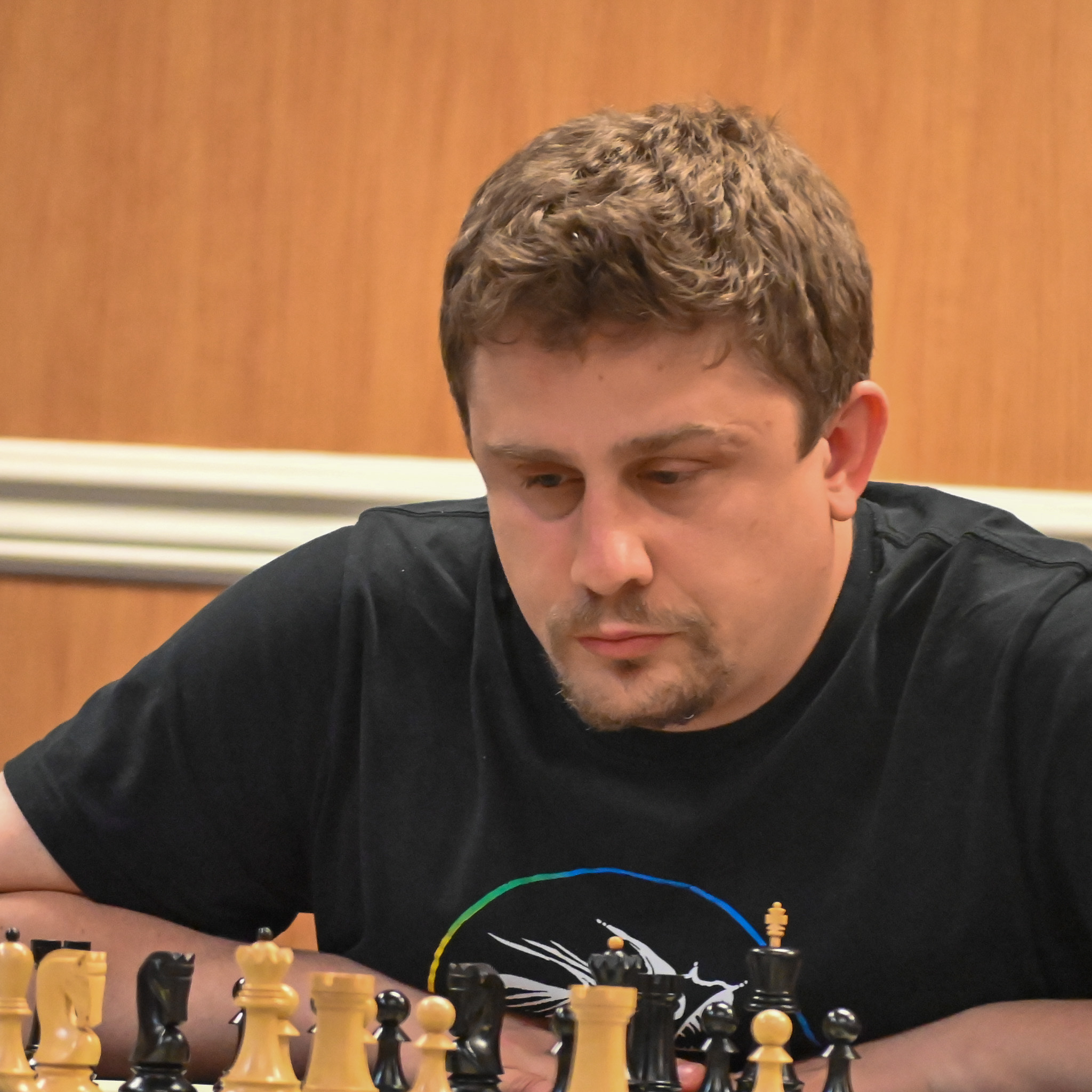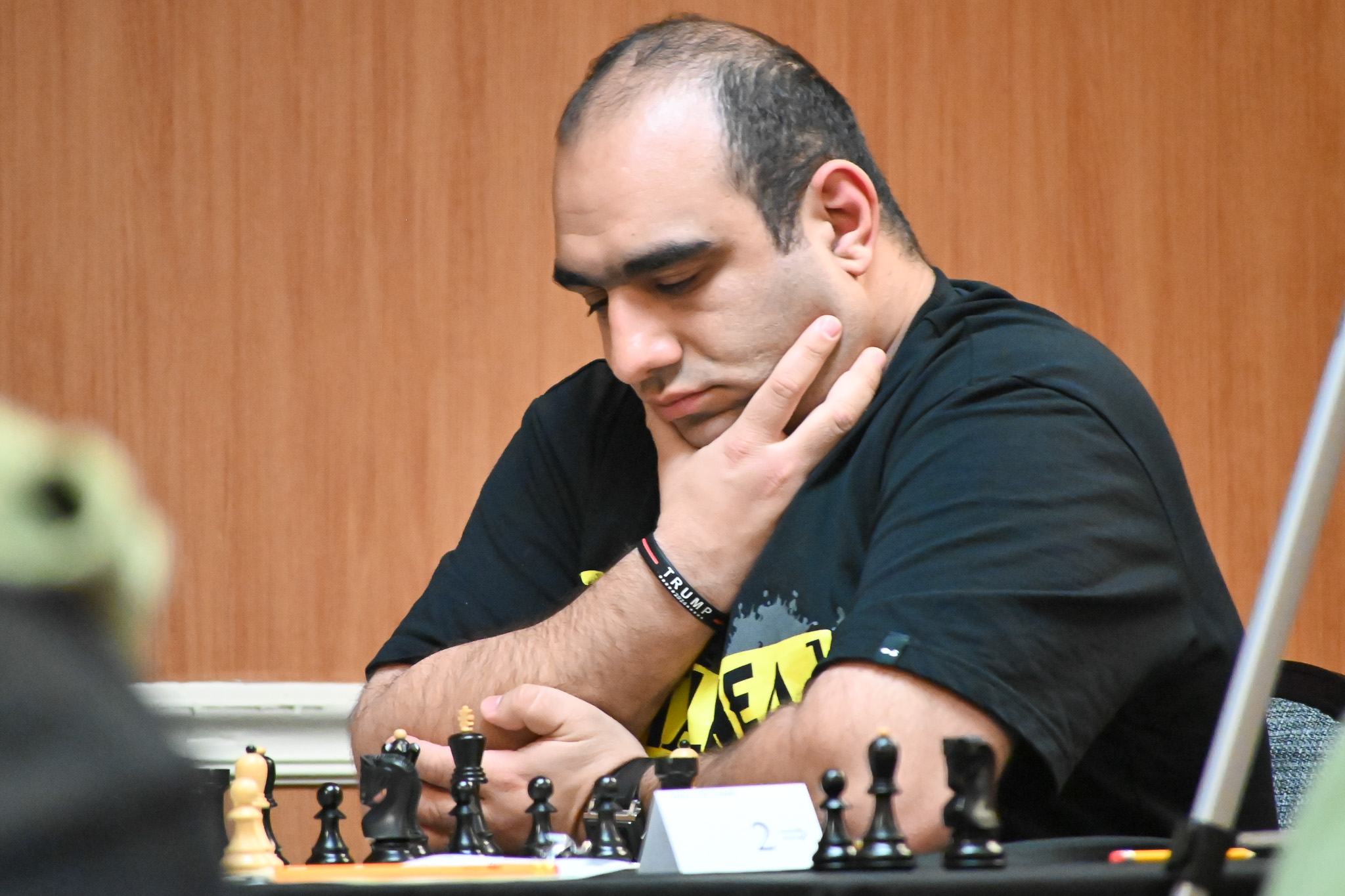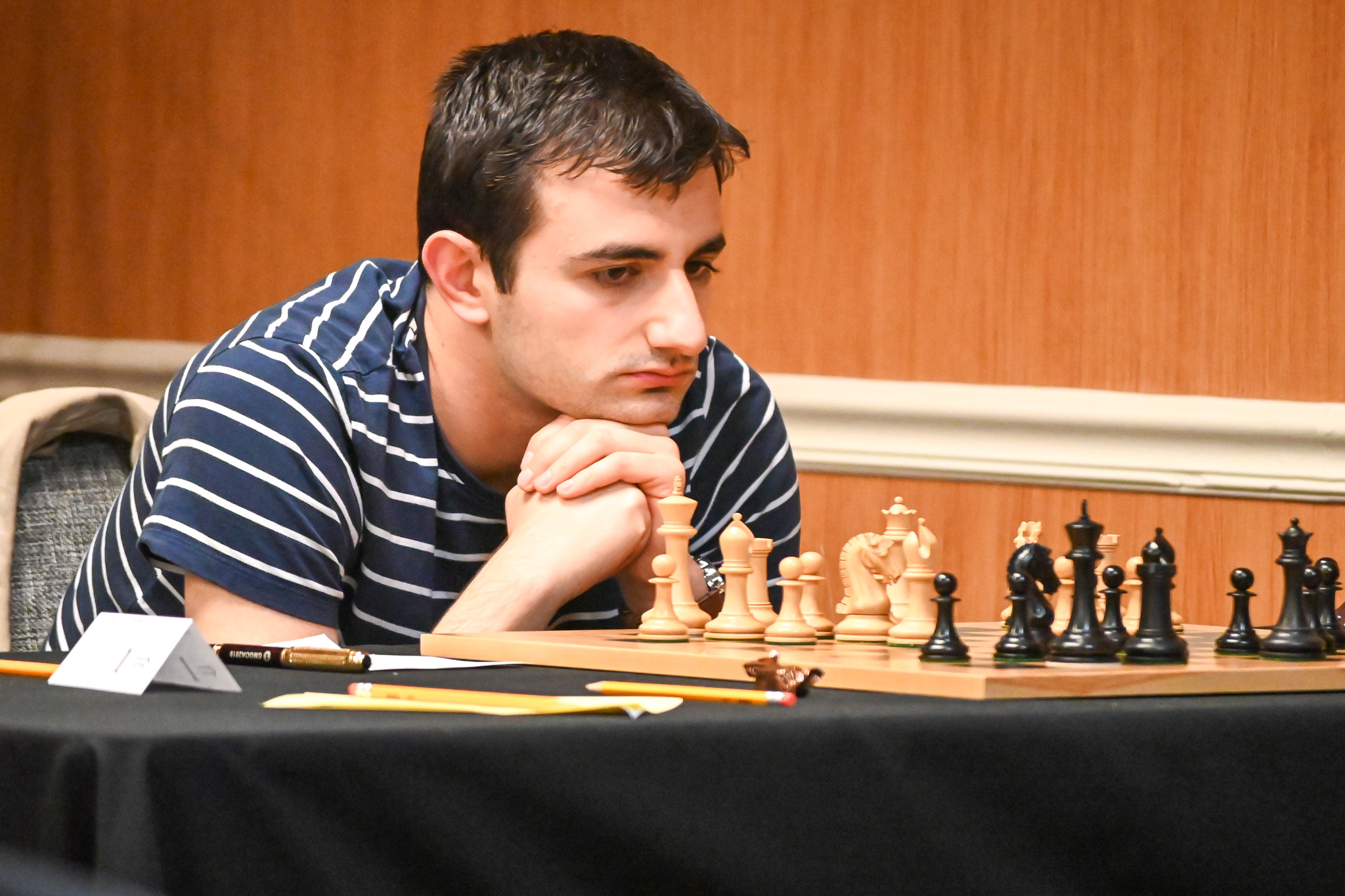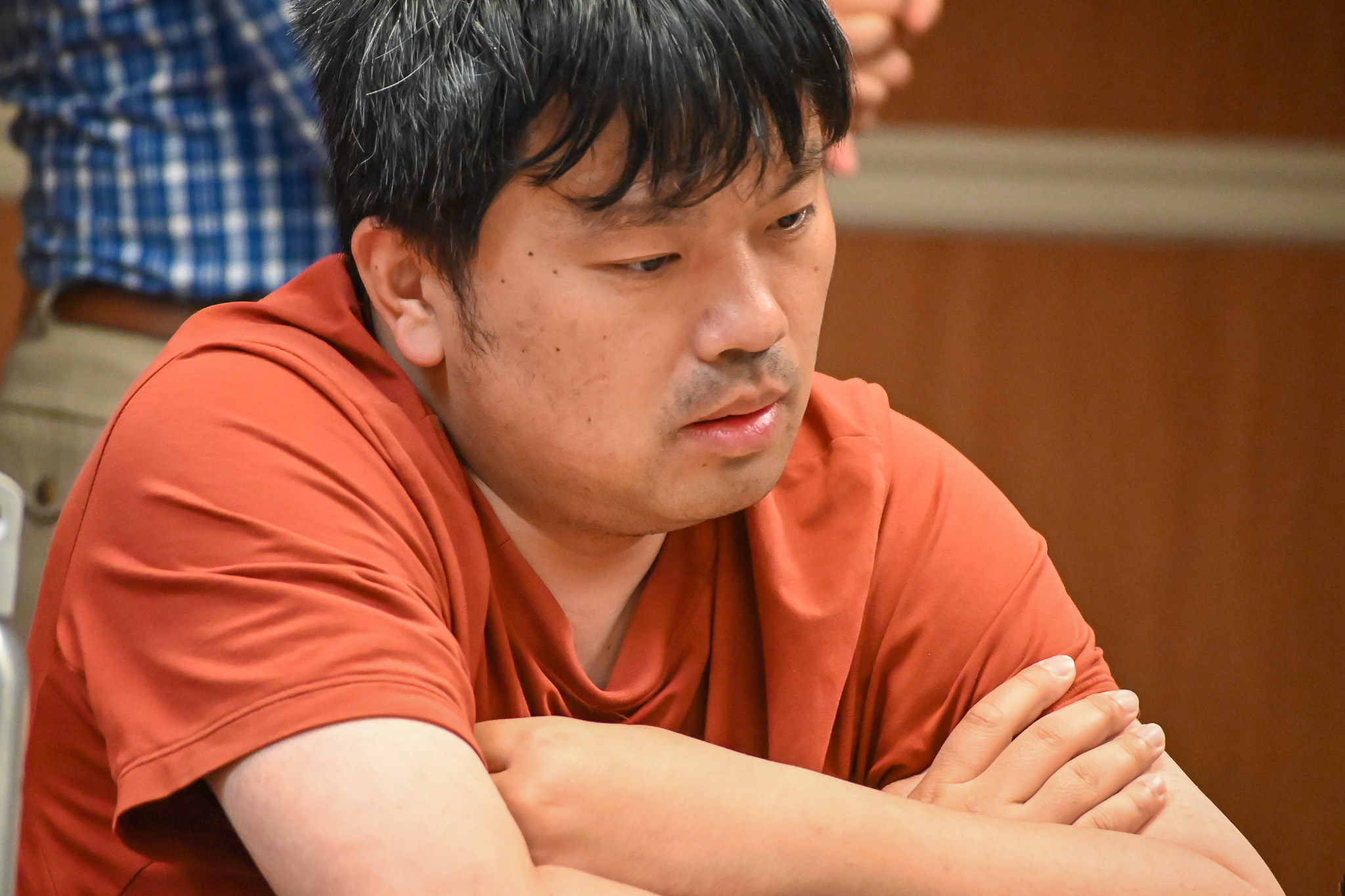“This will be the strongest chess tournament in Nebraska history,” FM Rod Malpert declared at the May 30 banquet honoring the 2024 inductees to the Nebraska Chess Hall of Fame.
At this bold declaration, I was reminded of Bill Bryson’s quip, “I come from Des Moines. Somebody had to.” While a bit to the west of Iowa, many chess players (particularly younger ones) would likely feel similarly about the coronation of a “strongest-ever” tournament in a sparsely populated state not particularly known for its chess.
This is the strongest tournament in Nebraska history, I imagined the announcement going. After all, some tournament had to be.
Self-depreciating humor from the Cornhusker state aside, this strongest-ever tournament was in honor of the 50th anniversary of the 1975 U.S. Open, which was held at the very same location in Lincoln, Nebraska. As you might expect from an open at the height of the Fischer boom, the top competitors were no slouches: GMs William Lombardy and Pal Benko tied for first, and future GMs Joel Benjamin and Yasser Seirawan had breakout performances.
But that tournament only had a total of only three grandmasters. This local weekender — organized by Bruce Draney, with financial backing from Malpert — had four grandmasters.
Atop the cross table sat Czech GM Vojtech Plat, Armenian GMs Karen Grigoryan and Manuel Petrosyan, and reigning U.S. Open Co-Champion and two-time defending Grand Prix winner GM Jianchou Zhou.
Interestingly, all four of these GMs were mentioned in the Memorial Day Weekend Wrap-Up earlier this week. Plat tried his hardest to deny IM Liam Putnam his first GM norm, while Zhou finished second at the Chicago Open and both Petrosyan and Grigoryan competed on the top boards at the Cherry Blossom Classic.
Taking a step back: what exactly was this tournament/banquet/reunion/history lesson that took over The Graduate Hotel last weekend? Moreover, why was it, and how did it attract four grandmasters to a state with only one regularly active player with a national rating above 2200?
Contrary to your author’s snide quips, there is a rich history of chess (and even a Nebraska-born master named Rich Chess, although he couldn’t make it this year) in Nebraska going back decades.
This history has been documented in the Nebraska State Chess Association’s official newsletter — The Gambit — going back to at least 1964. The tournament’s chief organizer, Bruce Draney (who was also inducted into the Nebraska Hall of Fame at the end of last year and honored as one of nine new members recognized at this year's ceremony) has been working to digitize and preserve this entire history, as well (in algebraic notation, no less!).
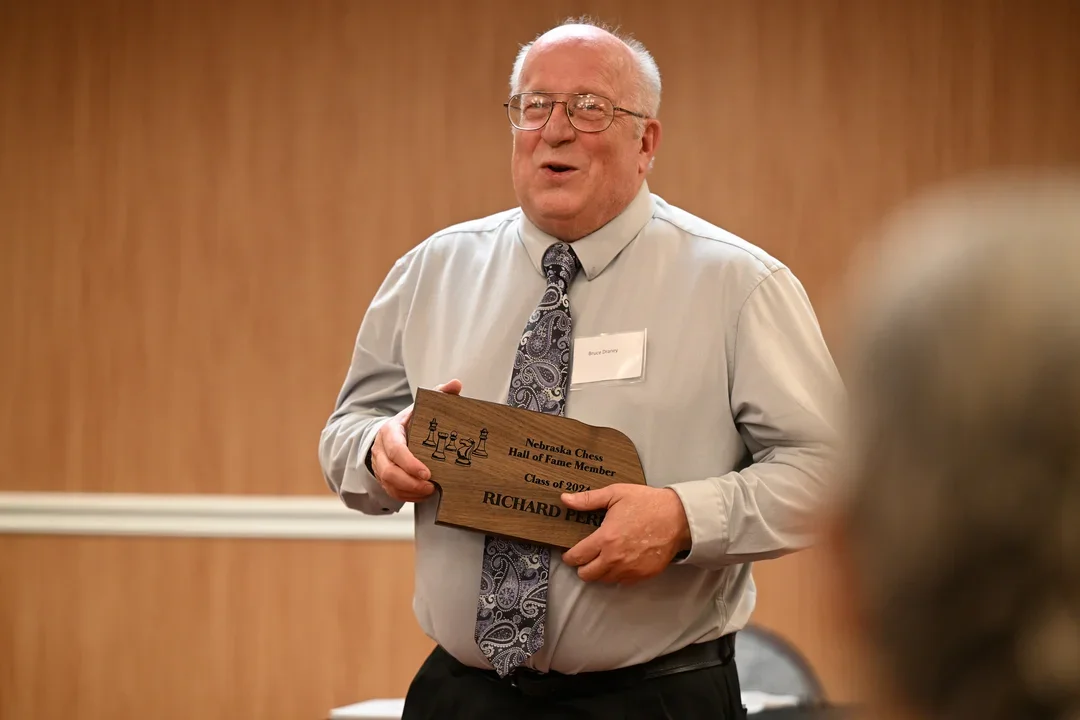
But, as is always the case, the written history does not capture the spirit of the times. There are also the memories, anecdotes, and genuine passion that the written word can only begin to capture. Organizing events around such milestones — with a focus on drawing these living local and regional legends back into tournament chess in their home state — is a way to preserve a more embodied sense of history and share and celebrate it with the next generation.
At last year’s inaugural edition of this event (covered by WIM Dr. Alexey Root in Chess Life in last August’s issue), Malpert offered a cash prize to any Nebraska-based junior to break into the top 50 of their respective age category.
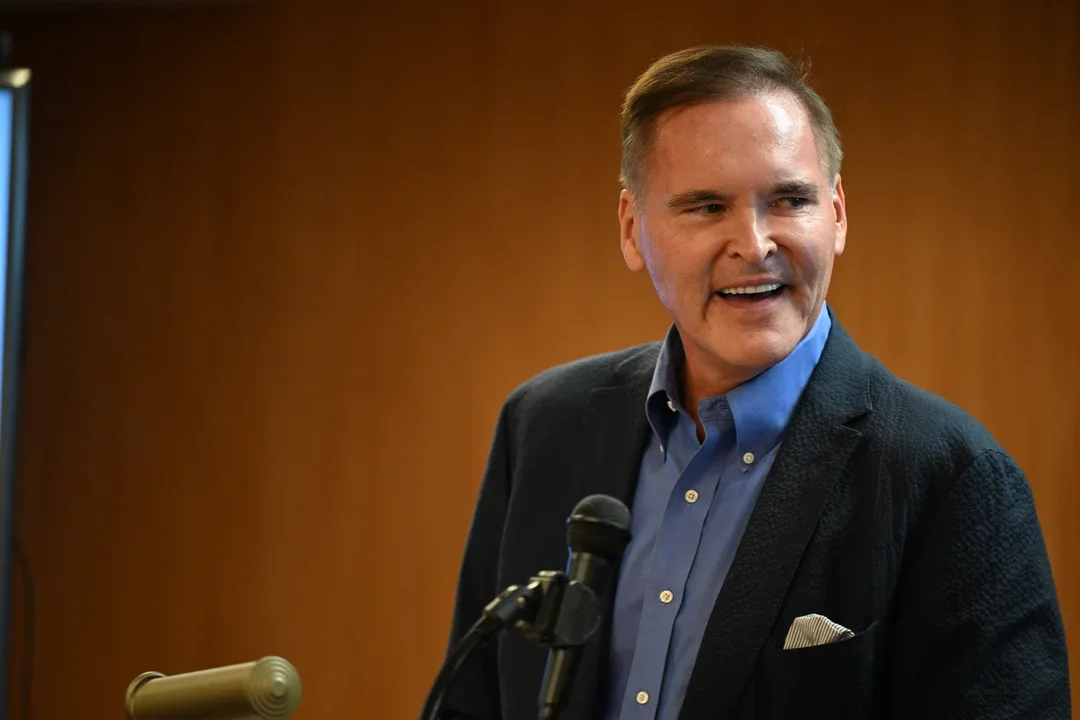
Malpert himself reached as high as third on the list of top 16-year-olds in 1977, but, at the time of last year’s tournament, no Nebraskans populated the lists of top juniors. Since then, he has had to open his checkbook thrice, with Guru Gurumoorthi (1961) currently listed as the 21st highest-rated ten-year-old as of May, while Siddharth Parthasarathy (1929) and Nikshith Alagankancharla (1661) rank as the 10th and 46th highest-rated nine-year-olds, respectively. Parthasarathy also held the top spot for eight-year-olds in April before turning nine.
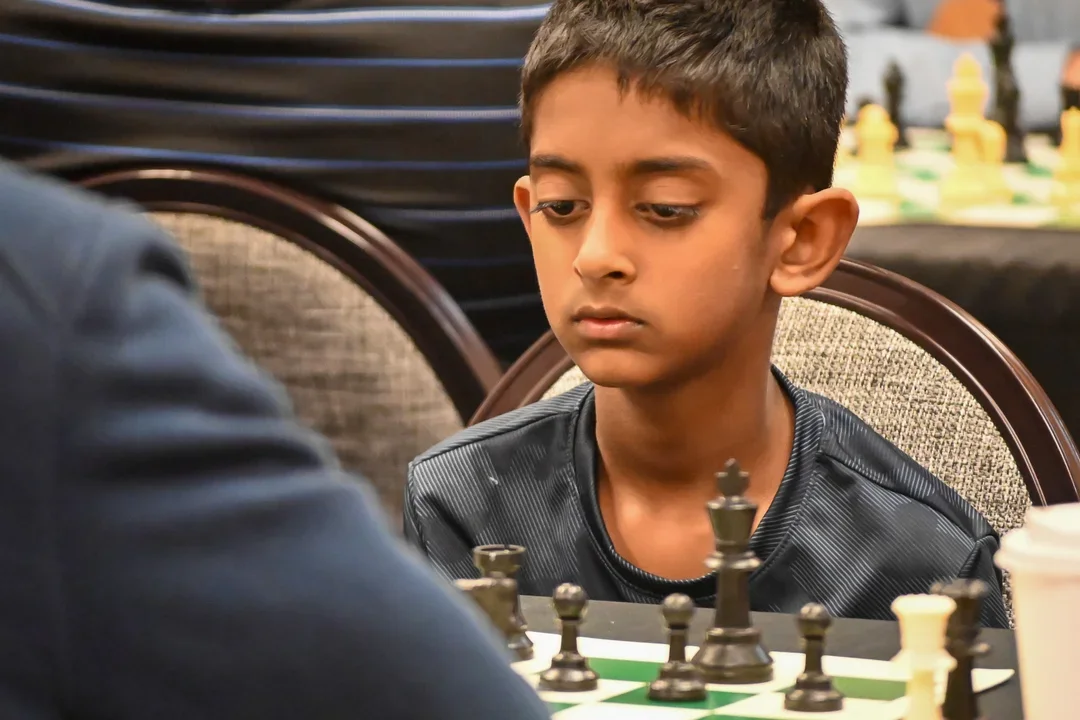
Recognizing the next generation of talent, Malpert also bestowed these and several other “Young Reshevskys” (as he anointed them) with Nebraska-born IM John Watson’s Secrets of Chess Strategy. This epithet might not be so hyperbolic, either, as Gurumoorthi defeated GM Dmitry Gurevich at the U.S. Amateur Team North Championship mere weeks after turning 10 years old this past February.
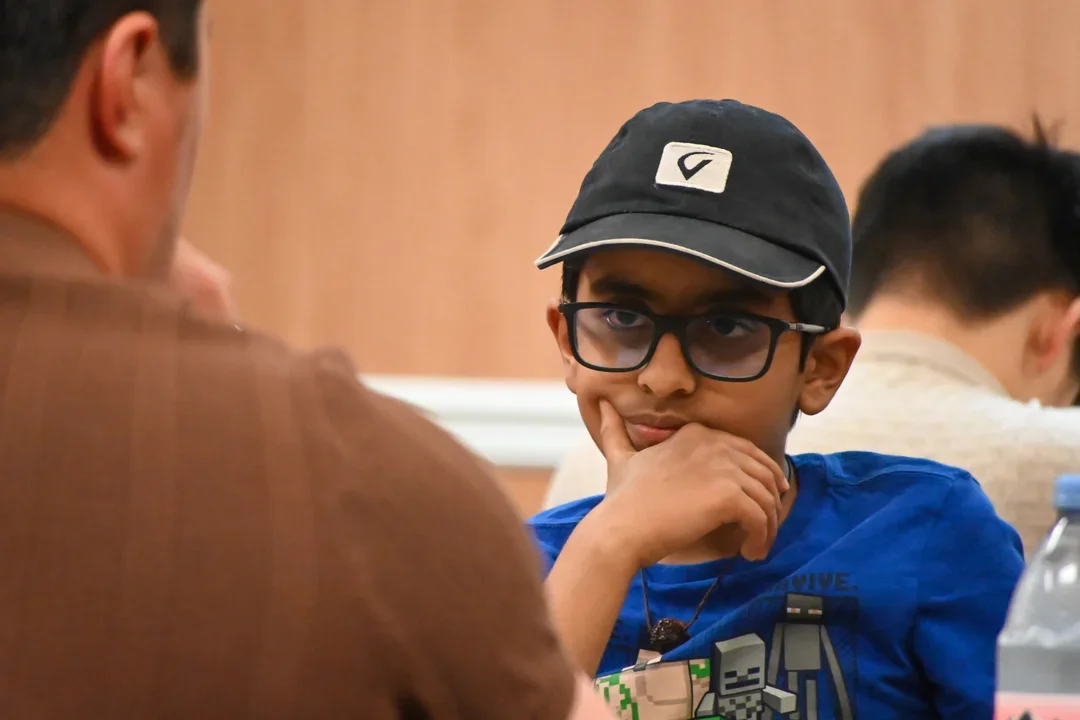
Young players in chess epicenters have no choice but to learn their local history. If you grow up playing at the Marshall Chess Club, for instance, you can’t help but be surrounded by plaques bearing the names of greats and photos bringing the legends to life. Plus, you’re probably no more than two degrees removed from someone who has beaten any player you can think of (especially if IM Jay Bonin is there).
But for young talents in most parts of the country, the local legends have long since left, and they don’t come around their old stomping grounds for local weekenders much. If there were ever any brick-and-mortar clubs, it’s unlikely they’re still open. This is not to say that these places do not have their own rich chess history, nor is it to say that there aren’t people working tirelessly to preserve and promote it. But it’s hard to do this, and it is even harder to find ways to share it with the next generation of up-and-coming players who now possess unfathomable access to global chess history at their fingertips. Efforts like this create a sense of belonging, identity, and pride as today’s youth look to continue a legacy they might otherwise have not known existed.
In honor of the 1975 U.S. Open’s “true open” format (which is still used annually, including next month in Wisconsin), the tournament consisted of only one section. Instead of competing in separate sections divided by rating class, everybody ran the risk of being paired with one of the four hired guns or several other distinguished IMs, FMs, and even one WIM (hint: she was raised in Lincoln and has been mentioned already in this article).
After five rounds, 13 of the 75 players ended up in a tie for first with 4/5 scores. It’s worth mentioning that the 1975 U.S. Open was a 13-round tournament (and the tournament is still a nine-rounder in its current incarnation, making such logjams a bit less likely).
Unsurprisingly, all four GMs were among the co-champions, but they had to work from the early rounds to earn their prizes. In round two, Petrosyan found himself worse out of the opening against a local regular, Kirill Belashchenko, who regularly punches above his rating (and finally crossed the 2000 threshold, thanks to his flawless victory over your humbled author in the last round).
The other nine co-champions were a representative mix of seasoned veterans, local regulars, and the aforementioned Young Reshevskys.
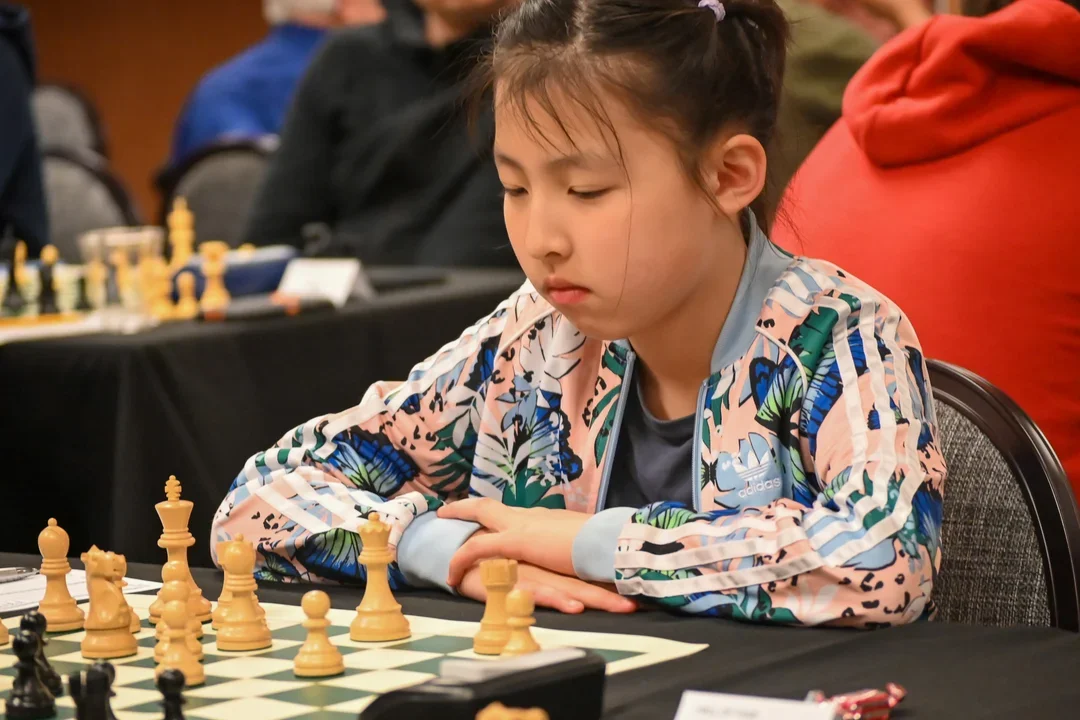
Of the young’uns, Nebraska’s Gurumoorthi and Luke Hengen (who is in the top 100 for 15-year-olds) were joined by Iowa’s WFM Irene Fei (22nd among 11-year-olds), Kansas’s Puwit Sky Moerlien (59th among 17-year-olds), and Illinois’s Varun Gurramkonda. Gurramkonda was just shy of reaching the list for 13-year-olds before the tournament, but, with his last-round upset over IM Elliott Winslow, he is now safely going to be on the top players list even after he turns 14 later this month.

Hengen, the reigning Nebraska State Co-Champion, had to grapple with Zhou in the second round in an instructive example of what happens if you give a grandmaster a tempo:
Gurumoorthi also suffered a setback in round two to Paul Rohwer (more on him below) but ended his tournament on a high with an upset of FM Loren Schmidt. The former top board of Japan’s Olympiad team was coaxed out of retirement for the 2024 edition of this tournament (where Fei got the best of him), and this year Gurumoorthi’s energy was just too much to handle:
IM Keaton Kiewra (a nine-time Nebraska state champion in his youth) and IM Doug Root (the 2022 John T. Irwin National Tournament of Senior State Champions Co-Champion) were the two highest-rated players joining the GMs and juniors among the top.
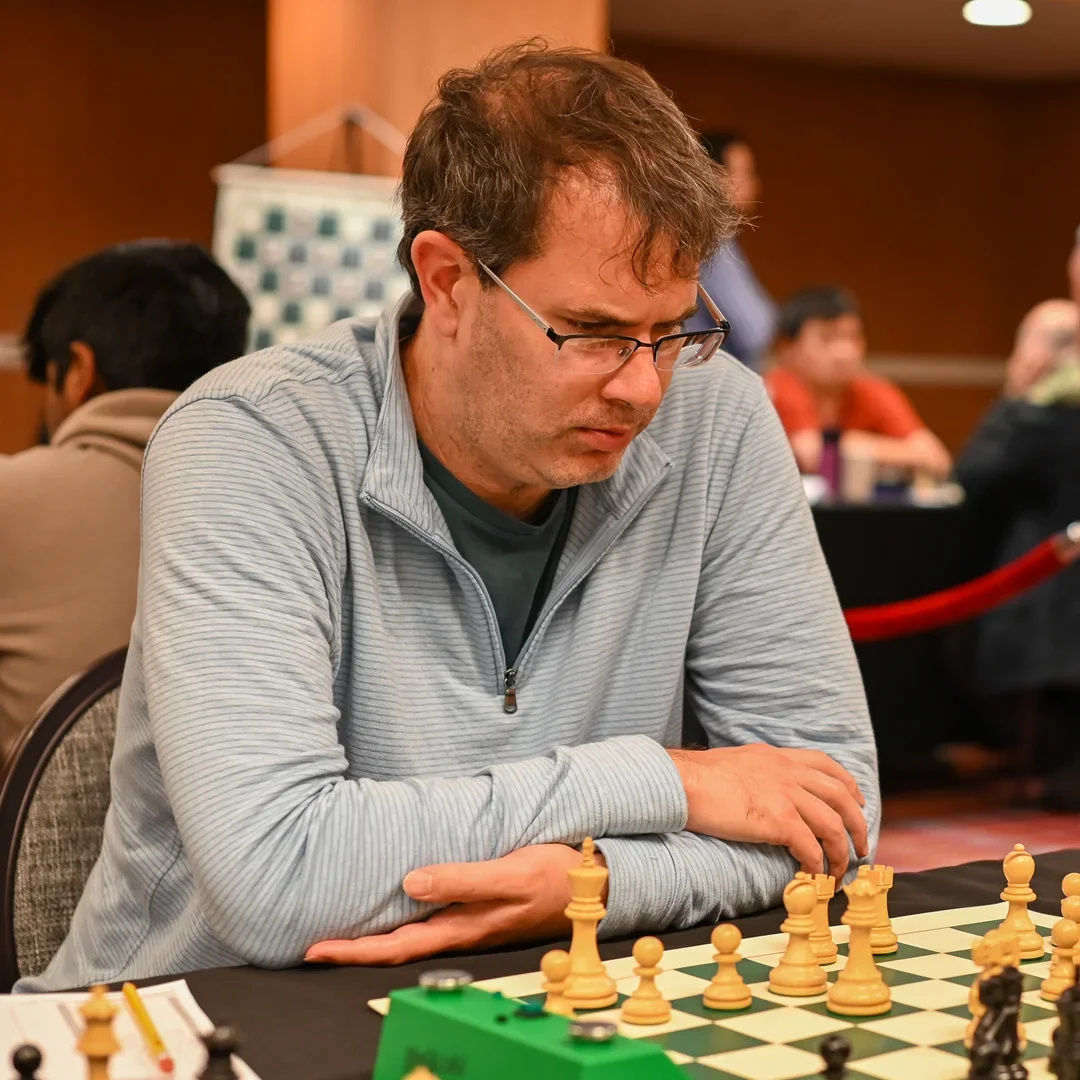
The other two adults were Paul Rohwer and Iowa’s Tim McEntee. McEntee is a regular in these parts, and his fight against Plat is one for the tactics books:
Last, but not last, let’s talk about Rohwer. The 1994 GM Arnold Denker Tournament of National High School Champions Co-Champion (representing Nebraska) attended the tournament to be inducted into the Nebraska Hall of Fame, and he stuck around to play his first rated event in 21 years.

I’d call Rohwer’s comeback tournament a success, considering that defeating Gurumoorthi is not a given for FMs or even GMs. Even his loss to Grigoryan was an evenly matched affair until the final moments:
The opportunity for juniors and locals to compete against such decorated professionals is a victory for everyone. Plenty of chess history and wisdom was imparted by the old guard over the weekend, and I hope I am still around in 50 years to recall some of it as we celebrate the 100th anniversary of the 1975 U.S. Open.
Categories
Archives
- December 2025 (20)
- November 2025 (29)
- October 2025 (39)
- September 2025 (27)
- August 2025 (29)
- July 2025 (43)
- June 2025 (25)
- May 2025 (24)
- April 2025 (29)
- March 2025 (29)
- February 2025 (20)
- January 2025 (24)
- December 2024 (34)
- November 2024 (18)
- October 2024 (35)
- September 2024 (23)
- August 2024 (27)
- July 2024 (44)
- June 2024 (27)
- May 2024 (31)
- April 2024 (51)
- March 2024 (34)
- February 2024 (25)
- January 2024 (26)
- December 2023 (29)
- November 2023 (26)
- October 2023 (37)
- September 2023 (27)
- August 2023 (37)
- July 2023 (47)
- June 2023 (33)
- May 2023 (37)
- April 2023 (45)
- March 2023 (37)
- February 2023 (28)
- January 2023 (31)
- December 2022 (23)
- November 2022 (32)
- October 2022 (31)
- September 2022 (19)
- August 2022 (39)
- July 2022 (32)
- June 2022 (35)
- May 2022 (21)
- April 2022 (31)
- March 2022 (33)
- February 2022 (21)
- January 2022 (27)
- December 2021 (36)
- November 2021 (34)
- October 2021 (25)
- September 2021 (25)
- August 2021 (41)
- July 2021 (36)
- June 2021 (29)
- May 2021 (29)
- April 2021 (31)
- March 2021 (33)
- February 2021 (28)
- January 2021 (29)
- December 2020 (38)
- November 2020 (40)
- October 2020 (41)
- September 2020 (35)
- August 2020 (38)
- July 2020 (36)
- June 2020 (46)
- May 2020 (42)
- April 2020 (37)
- March 2020 (60)
- February 2020 (38)
- January 2020 (45)
- December 2019 (34)
- November 2019 (35)
- October 2019 (42)
- September 2019 (45)
- August 2019 (56)
- July 2019 (44)
- June 2019 (35)
- May 2019 (40)
- April 2019 (48)
- March 2019 (61)
- February 2019 (39)
- January 2019 (30)
- December 2018 (29)
- November 2018 (51)
- October 2018 (45)
- September 2018 (29)
- August 2018 (49)
- July 2018 (35)
- June 2018 (31)
- May 2018 (39)
- April 2018 (31)
- March 2018 (26)
- February 2018 (33)
- January 2018 (30)
- December 2017 (26)
- November 2017 (24)
- October 2017 (30)
- September 2017 (30)
- August 2017 (31)
- July 2017 (28)
- June 2017 (32)
- May 2017 (26)
- April 2017 (37)
- March 2017 (28)
- February 2017 (30)
- January 2017 (27)
- December 2016 (29)
- November 2016 (24)
- October 2016 (32)
- September 2016 (31)
- August 2016 (27)
- July 2016 (24)
- June 2016 (26)
- May 2016 (19)
- April 2016 (30)
- March 2016 (36)
- February 2016 (28)
- January 2016 (32)
- December 2015 (26)
- November 2015 (23)
- October 2015 (16)
- September 2015 (28)
- August 2015 (28)
- July 2015 (6)
- June 2015 (1)
- May 2015 (2)
- April 2015 (1)
- February 2015 (3)
- January 2015 (1)
- December 2014 (1)
- July 2010 (1)
- October 1991 (1)
- August 1989 (1)
- January 1988 (1)
- December 1983 (1)


